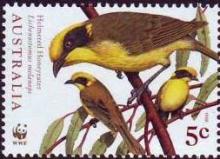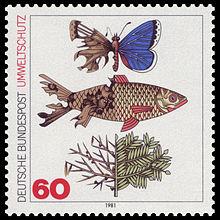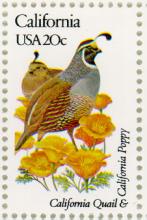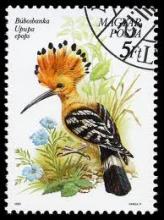U.S. bat populations have been declining at an alarming rate since 2006
The appropriately named fungus Geomyces destructans is the cause of deadly white-nose syndrome (WNS) in bats, according to research published in the journal Nature. The study by U.S. Geological Survey scientists and partners, conducted at the USGS National Wildlife Health Center in Madison, Wisc., provides the first direct evidence that the fungus G. destructans causes WNS, a rapidly spreading disease in North American bats. U.S. bat populations have been declining at an alarming rate since 2006, when white-nose syndrome first appeared in New York State. Since then, the fungus G. destructans has spread southward and westward and has now been found in 16 states and 4 Canadian provinces. Bat declines in the Northeast, the most severely affected region in the U.S., thus far have exceeded 80 percent.










